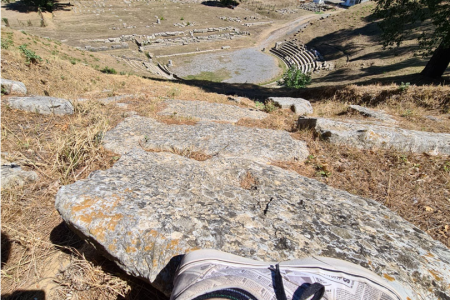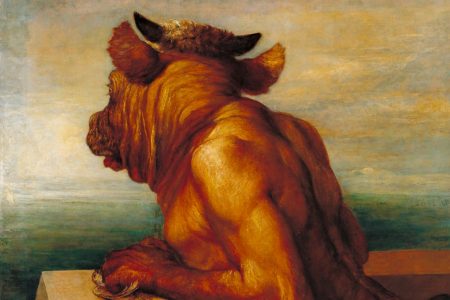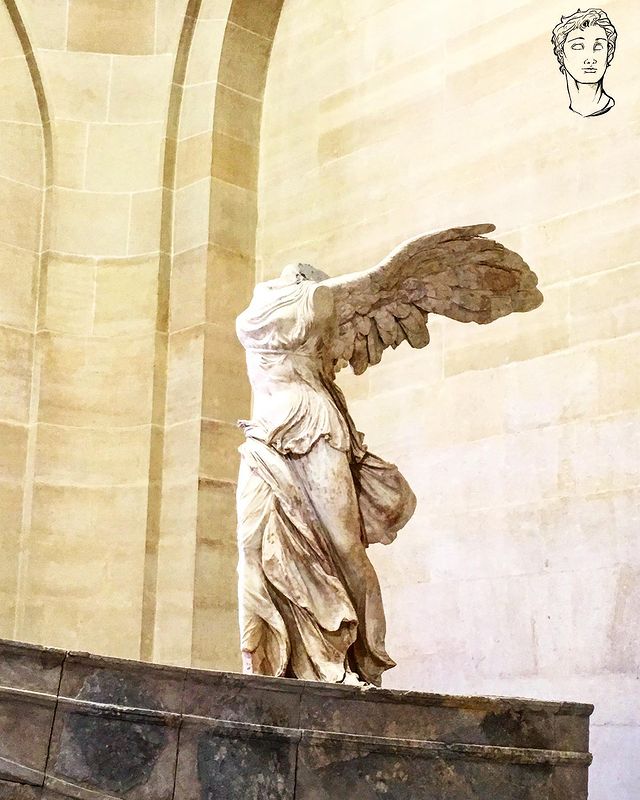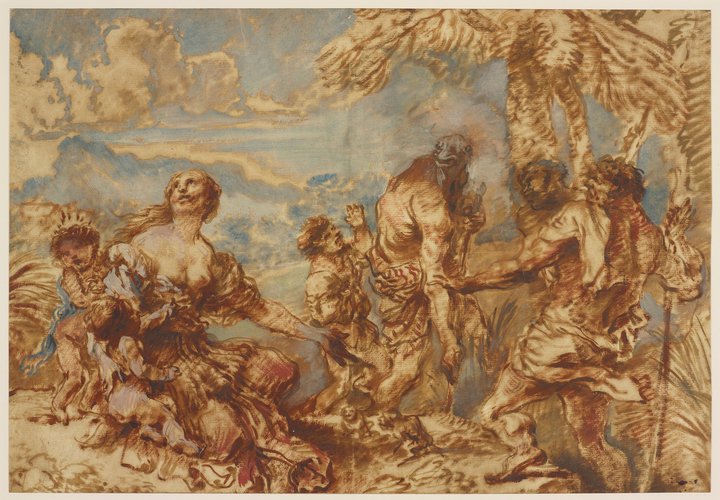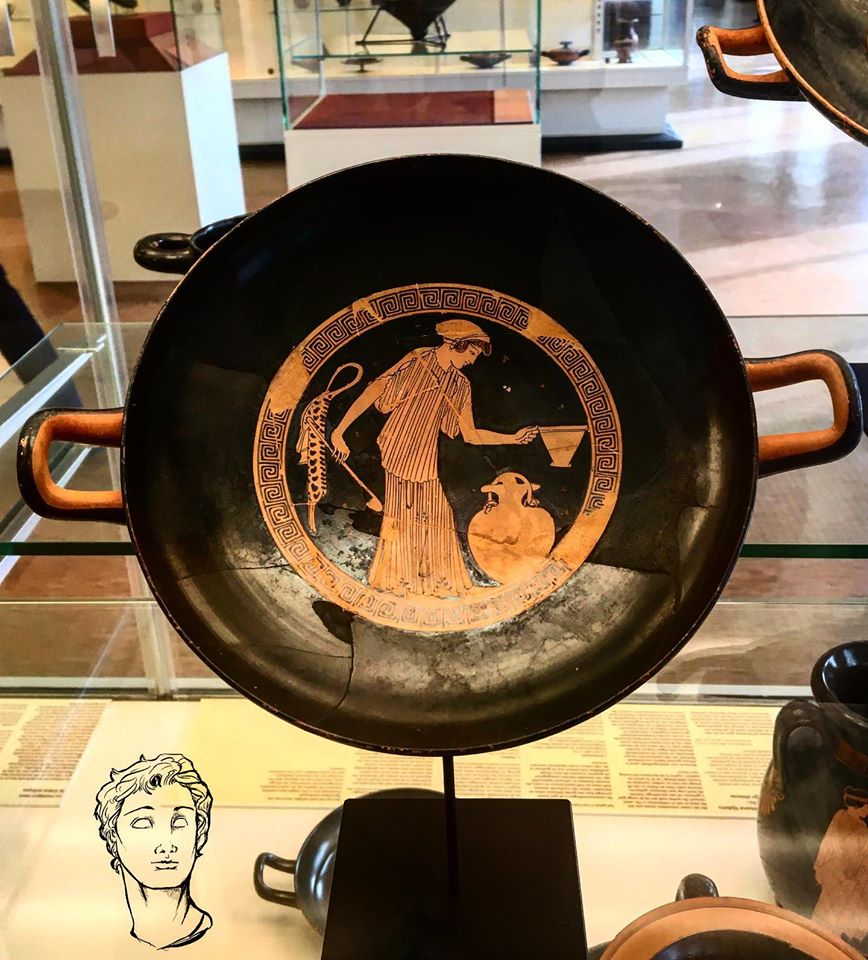In part two of the Hellenistic Cities series, we are looking at the youngest polis of the Greek Mainland: the Arcadian city of Megalopolis. The archaeological site of Megalopolis lies in the heart of the Arcadian region in Greece and is about a 45 minute drive from modern day Sparta. Not many of the buildings …
